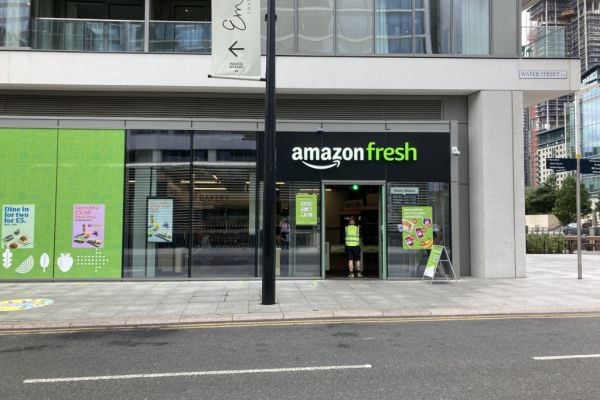E-commerce in Asia is set to grow on average by 34.6% a year between now and 2022, according to forecasts by international grocery research organisation IGD.
This comes as Chinese 'Singles’ Day' sales gain pace in the Asian market, with massive potential for online retailers.
“Retailers and grocery manufacturers across Asia are embracing the online channel, driven by a number of reasons, such as demographic shifts, rising internet and mobile penetration and improved logistics,” said Shirley Zhu, programme director at IGD Singapore.
However, the organisation points out that growth still varies significantly between different countries and retailers. The region’s top eight online retailers are all from China, Japan and Korea, countries with a high adoption of online shopping and more advanced supply chains, said Zhu.
JD, Alibaba
China is the world’s largest online grocery retail market, while JD.com and Alibaba’s Tmall are the country’s largest online marketplaces, making both companies the top online grocers in the region, according to Zhu.
The dominance of JD and Alibaba in terms of revenue from online grocery is shown by the fact that the latter is four times the size of the next largest player - Japan’s Rakuten retailer.
“JD and Alibaba are set to see by far the fastest growth in online grocery in Asia to 2022. Although grocery is a relatively small part of the overall business of these two marketplaces, due to their sheer size, they still lead in online grocery,” said Zhu.
“In the future, we expect JD and Alibaba to also increasingly see returns on their investment in Southeast Asia as the market gets more mature. For example, Alibaba Group has just unveiled a hub in Malaysia, on top of its acquisition of Lazada, while JD.com has set up a joint venture with the Thai conglomerate Central Group,” she added.
ESM recently had the opportunity to talk to Dr Hui Cheng, head of JDX Silicon Valley Research Center at JD.com, about technological advancements that the company is pursuing.
'The Opposite Of Valentine’s Day'
'Singles’ Day', which takes place on Saturday 11 November, is an annual celebration among Chinese young people to celebrate being single. The four ones in the date (11/11) are supposed to resemble people who are alone.
What started out as a joke among Chinese college students as the opposite of Valentine’s Day, has become the largest online shopping day in the world, with sales in the billions and stretching over a two-month period.
“The Singles’ Day festival has essentially grown into a two-month opportunity for brand owners. This year many brands started their marketing campaigns weeks before the official kick-off of the event on 31 October,” said Zhu.
On Singles’ Day 2016, Alibaba reported sales totalling $17.8 billion, which was $11 billion more than Black Friday and Cyber Monday combined, according to IGD. This year, over 15 million products are expected to be available from 140,000 brands, with JD.com joining in the fray.
The market leaders are also eyeing opportunities beyond the Chinese mainland. Alibaba is targeting the 100 million Chinese people living overseas by making brands available outside China, while JD is offering free shipping to Macau, Hong Kong, and Taiwan.
© 2017 European Supermarket Magazine – your source for the latest retail news. Article by Kevin Duggan. Click subscribe to sign up to ESM: The European Supermarket Magazine.














